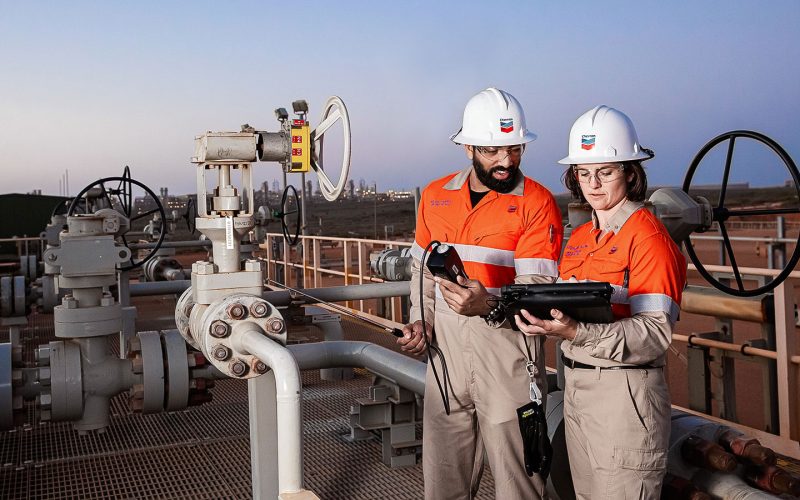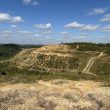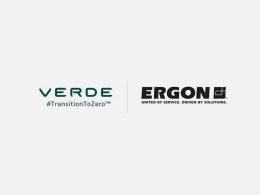Australia’s largest industrial emitter, Chevron’s Gorgon gas export facility in Western Australia, received hundreds of thousands of carbon credits from the federal government last year, despite recording an increase in emissions. The revelation, based on newly released government data, has reignited scrutiny of the country’s safeguard mechanism — the policy regulating emissions from the nation’s biggest polluting facilities.
Under reforms introduced by the Albanese government in 2023, most facilities covered by the safeguard mechanism are required to reduce their emissions intensity by 4.9% annually, either through on-site cuts or by purchasing offsets. While total direct emissions across covered sites fell by nearly 2% year-on-year — from 138.7 million tonnes to 136 million tonnes — the data revealed significant inconsistencies in performance across sectors, particularly in coal and gas.
Chevron’s Gorgon facility, the most polluting site for a third consecutive year, increased its emissions from 8.1 million to 8.8 million tonnes of CO₂. However, due to a concurrent rise in its government-set emissions baseline from 8.3 million to 9.2 million tonnes — likely linked to increased production — the company remained under its permitted threshold. As a result, it was issued 388,803 carbon credits, potentially valued at over A$10 million (USD 6.3 million), which can be sold to other firms exceeding their limits.
Critics, including the Australian Conservation Foundation (ACF), argue the credits amount to a “climate windfall” for Chevron, which has delivered only a fraction of the promised emissions reductions from its troubled carbon capture and storage (CCS) project. Initially funded with A$60 million in federal support, the CCS system — designed to inject CO₂ under Barrow Island — has operated at roughly a third of its intended capacity due to persistent technical issues.
“This is an appalling example of a gas giant gaming the system,” said Annika Reynolds from the ACF. “Gorgon is profiting from pollution while failing to meet its long-standing climate commitments.”
Georgina Woods of the Lock the Gate Alliance echoed concerns, noting that 70% of coal and gas facilities under the safeguard mechanism recorded increased on-site emissions. “There are enduring loopholes that weaken Australia’s efforts to curb climate damage. Every industry must do its fair share,” she said.
The government maintains that the reforms are beginning to deliver results. Climate Change and Energy Minister Chris Bowen said the reduction in industrial emissions showed the scheme was providing a clear decarbonisation pathway. “We are delivering real action on climate change. Industry now has the investment certainty it needs,” he said.
Yet some, including John Connor, Chief Executive of the Carbon Market Institute, described 2023 as a “training wheels year” and called for increased investment and improved enforcement in future.
Other major emitters, such as Woodside Energy and Glencore, exceeded their baselines and were required to purchase carbon credits. Woodside’s North West Shelf plant emitted 6.1 million tonnes against a baseline of 5.5 million, likely incurring a cost of approximately A$21 million. Glencore’s Hail Creek coalmine, whose methane emissions were significantly revised upward based on satellite data, may have faced penalties near A$6.5 million.
Reynolds said the improved reporting at Hail Creek, while bleak in outcome, was a “step in the right direction.” She added that further reform of the safeguard mechanism is essential, particularly in restricting the use of carbon offsets, some of which have been questioned by peer-reviewed studies for overstating their carbon reduction impacts.
The Coalition has opposed the current government’s changes and has pledged a review of the safeguard mechanism if elected, potentially softening its impact on business.





















